Japan Just Began Discharging Nuclear Waste Water Into The Pacific Ocean
TOKYO—Japan initiated the controlled release of partially radioactive wastewater from the Fukushima Daiichi nuclear plant on Thursday, prompting China to halt the import of all Japanese fish and other aquatic products.
The operator of the plant, Tokyo Electric Power (Tepco), began discharging the water into the Pacific Ocean from a point at the end of an undersea tunnel, approximately six-tenths of a mile from the shoreline.
The Japanese government had previously announced this planned discharge on Tuesday. Responding to the discharge, China, which has intensified its criticism amid broader diplomatic tensions with Tokyo, declared a complete suspension of aquatic imports such as fish and shellfish from Japan.
China Is The Largest Purchaser Of Japanese Seafood
Previously, China had only restricted food imports from Fukushima and the surrounding regions.
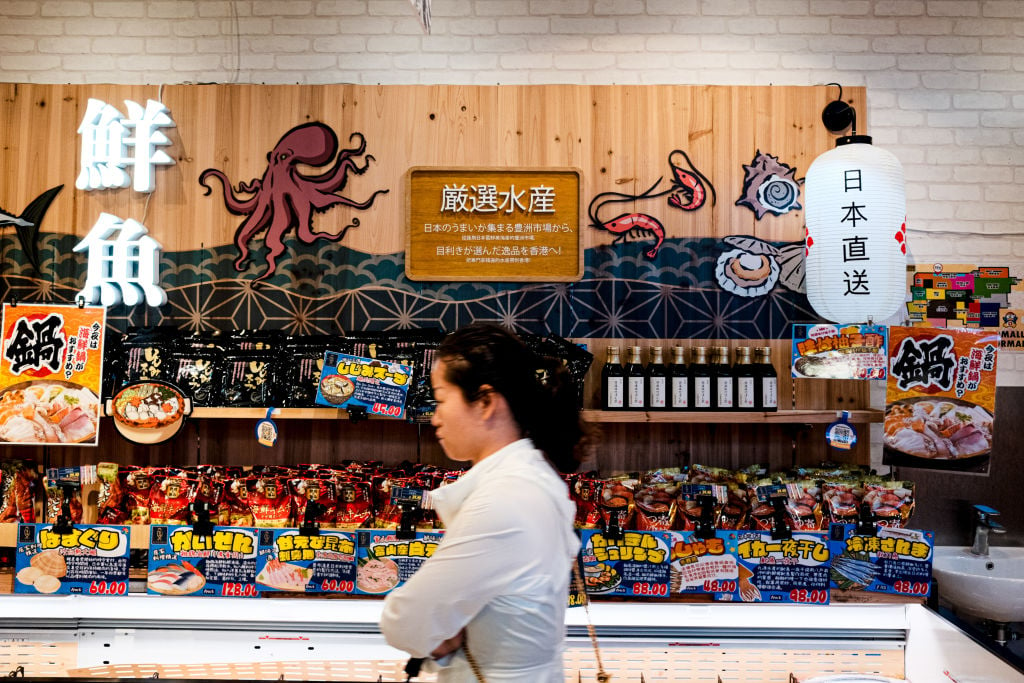
Source: Sawayasu Tsuji/Getty Images
China holds the distinction of being the largest buyer of Japanese seafood by value, having accounted for more than a fifth of Japan’s aquatic exports last year.
South Korea Maintains Restrictions
Japan has rebuked China’s import restrictions as being devoid of scientific basis and contrary to the trend followed by other countries like the United States and the European Union, which have lifted constraints on Japanese food imports.
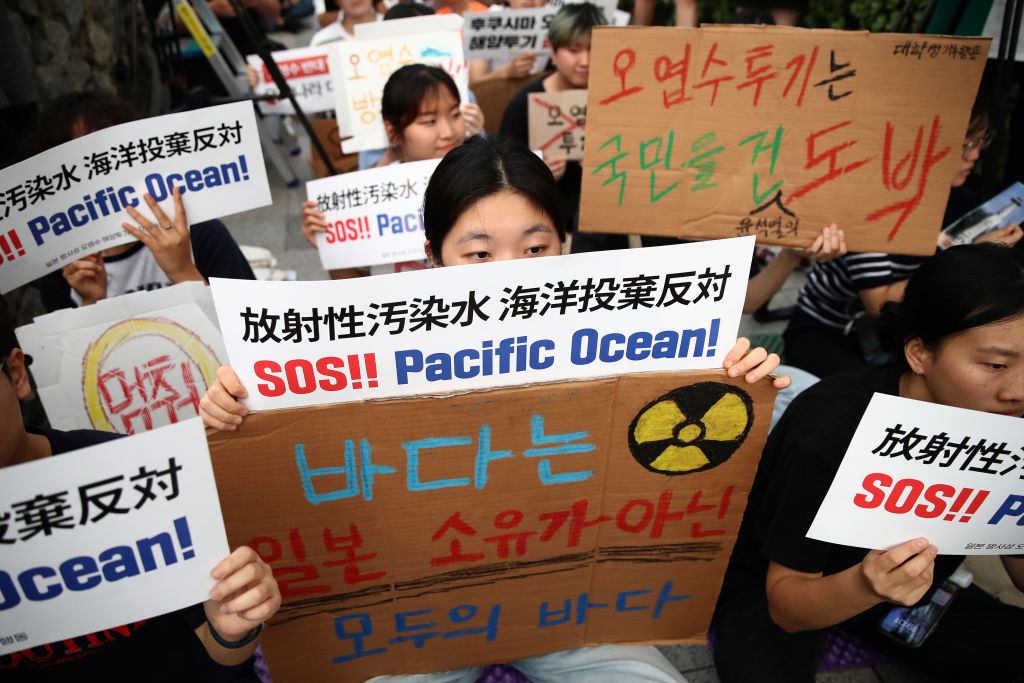
Source: Chung Sung-Jun/Getty Images
South Korea, however, has maintained restrictions on food imports from Fukushima and the adjacent areas, citing substantial public concerns.
Tepco Assures That The Discharge Is Crucial
Tepco has highlighted that the water discharge is a crucial step toward facilitating the cleanup and decommissioning of the Fukushima Daiichi plant.
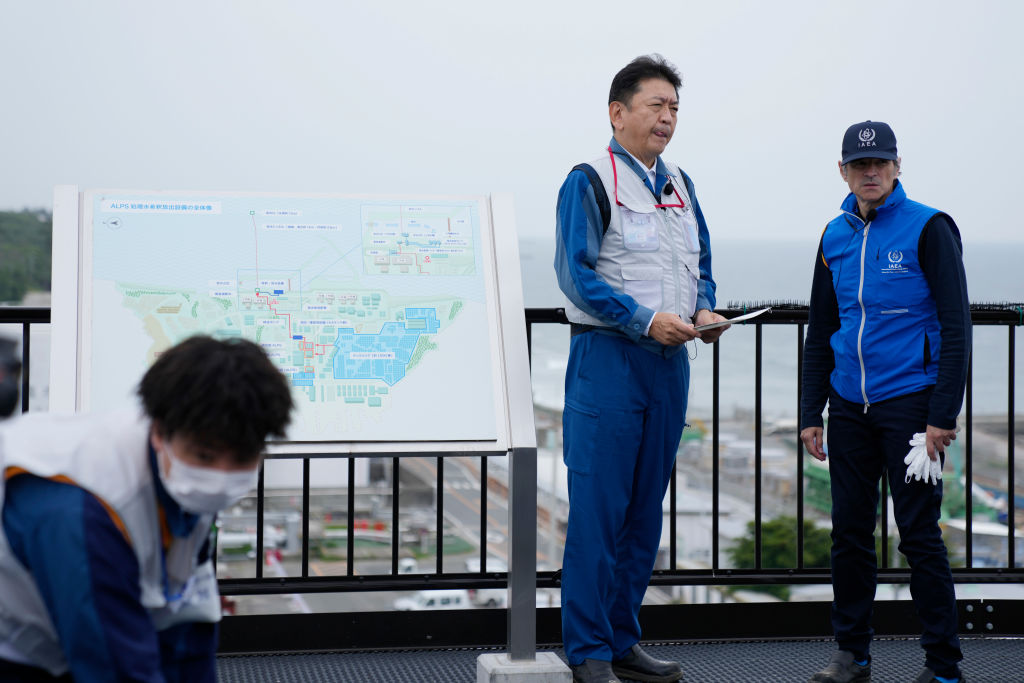
Source: Hiro Komae - Pool/Getty Images
Regarding China’s import ban, Tepco President Tomoaki Kobayakawa stated at a news conference, “China is an important trade partner for Japan. So, we need to give them a thorough explanation about safety.”
He mentioned that Tepco would offer compensation to those impacted by the ban and endeavor to convince Beijing to reverse the decision.
1.3 Million Tons Of Water
Japan’s plan involves releasing over 1.3 million tons of water containing small amounts of radioactive tritium over approximately three decades.
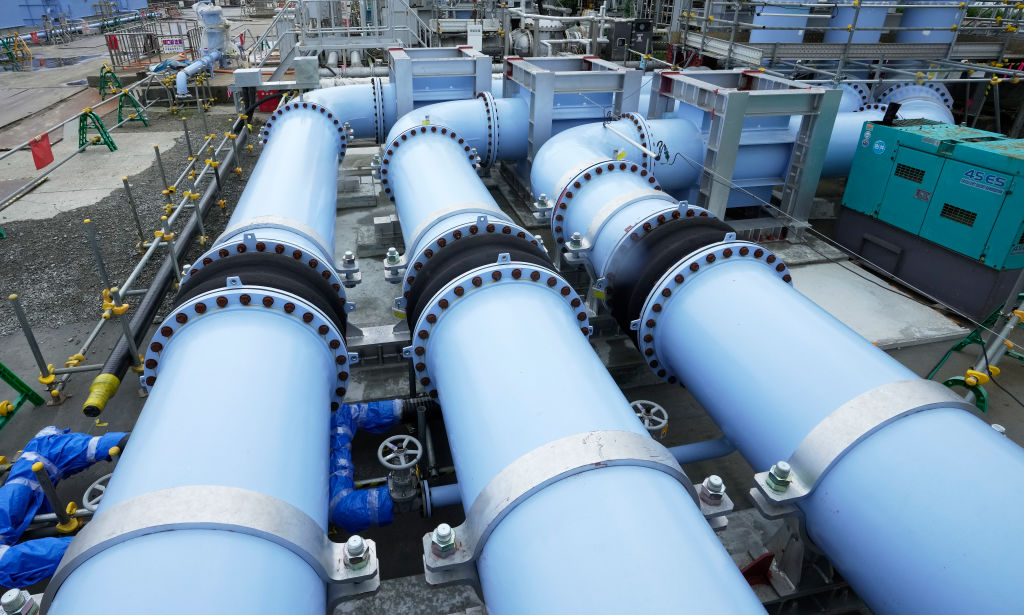
Source: Kimimasa Mayama-Pool/Getty Images
In early July, the International Atomic Energy Agency (IAEA), a United Nations entity, endorsed this plan.
Skepticism
Japan and the IAEA contend that the tritium water discharges are akin to those conducted by various nations, including China, that operate nuclear power plants. The only distinction is that the tritium quantity in the released water is lower than that discharged by Chinese plants.
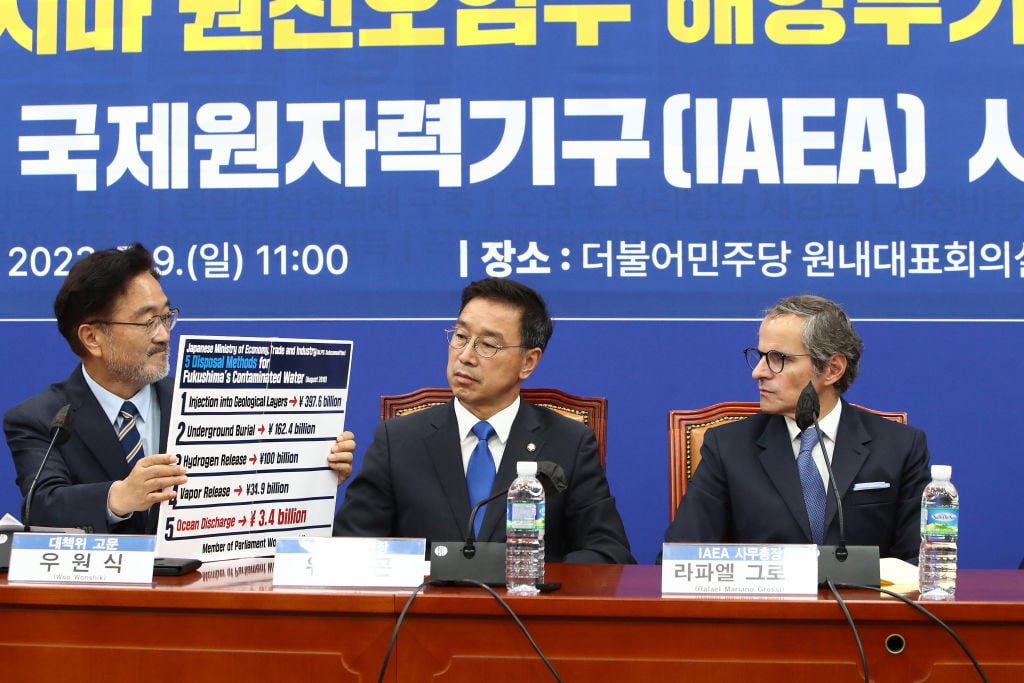
Source: Chung Sung-Jun/Getty Images
China has expressed skepticism about the accuracy of Japanese data indicating minimal levels of radioactive elements in the water, and it challenges the assertion that it won’t affect human health.
"Extremely Selfish"
Beijing’s Foreign Ministry issued a statement shortly after the release, stating, “To forcibly start the ocean discharge is an extremely selfish and irresponsible act in disregard of the global public interest.”
Tepco outlined its plan for the initial discharge to continue for 17 consecutive days. After three additional discharge phases scheduled by March of the following year, slightly more than 2% of the currently accumulated water will have been released.
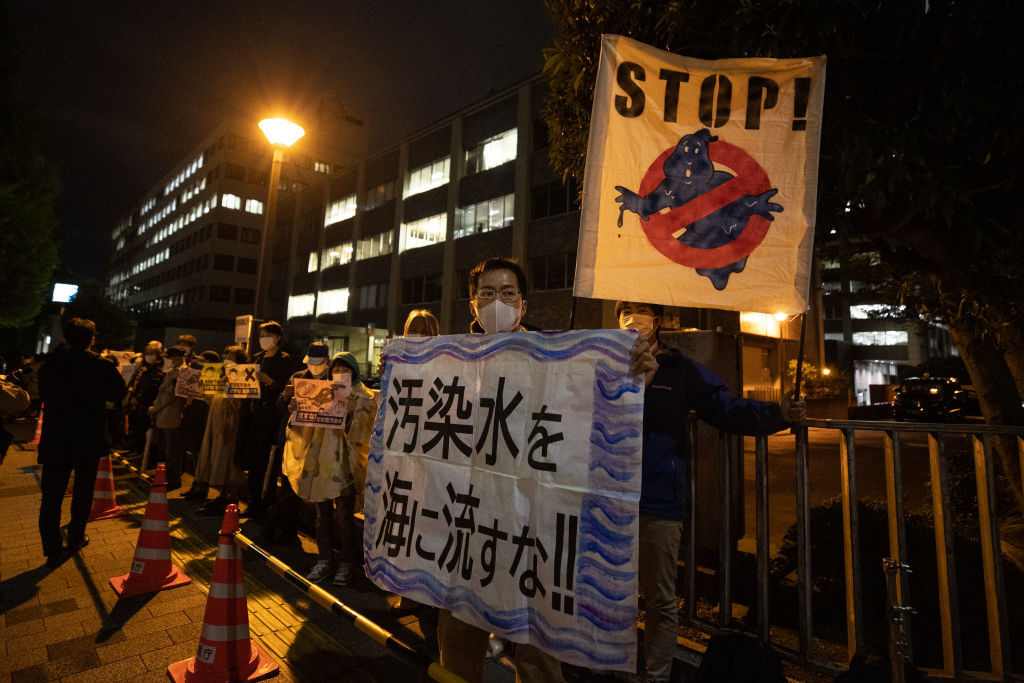
Source: Takashi Aoyama/Getty Images
Tepco outlined its plan for the initial discharge to continue for 17 consecutive days. After three additional discharge phases scheduled by March of the following year, slightly more than 2% of the currently accumulated water will have been released.
Tepco Will Collect Samples And Publish Data
Tepco intends to collect water samples and publish data on its website, comparing the concentration of radioactive nuclides with the levels recommended for drinking water by the World Health Organization.
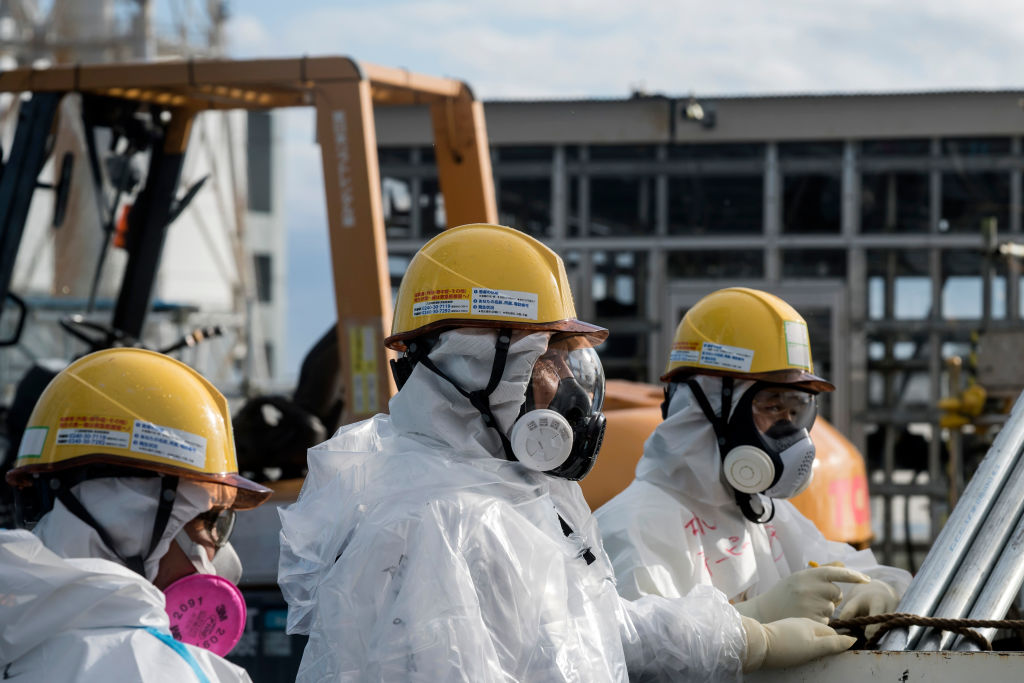
Source: Tomohiro Ohsumi/Getty Images
The Fukushima nuclear plant suffered meltdowns in three reactors following an earthquake and tsunami on March 11, 2011.
Varying Opinions
Radioactive substances have contaminated water used to cool reactor cores, along with rainwater and groundwater near the plant. Tepco has stored this water in over 1,000 tanks on the premises but faces storage constraints.
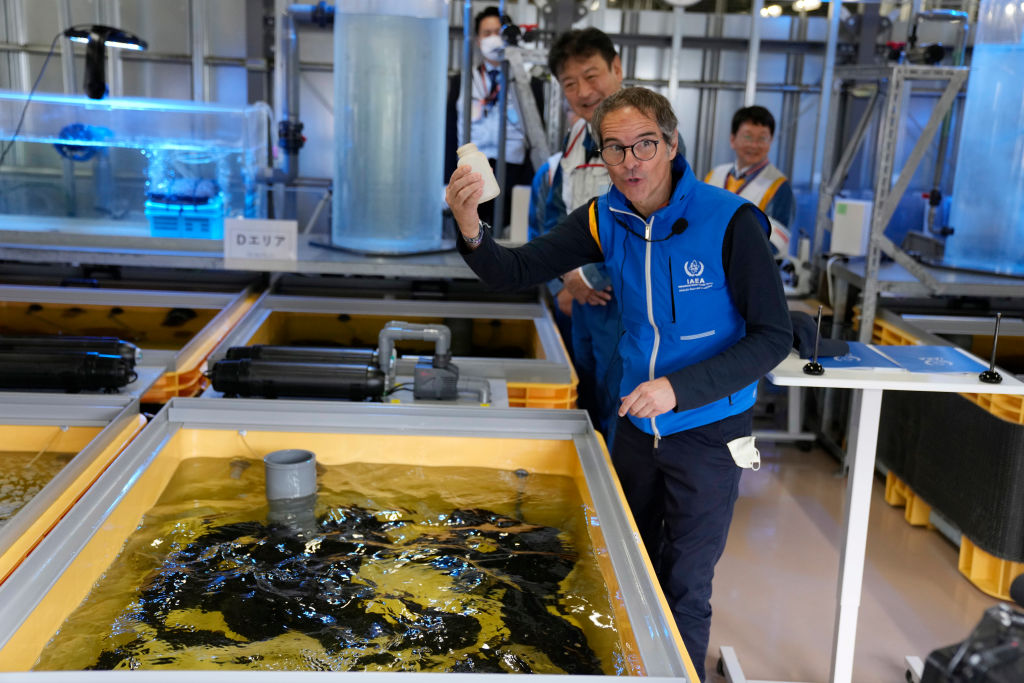
Source: Hiro Komae - Pool/Getty Images
A group of Pacific Island states, which had initially harbored doubts about the water discharge, seemed to soften their stance on Wednesday, acknowledging the IAEA’s conclusion that the discharge’s impact on human health would be minimal, although member states held varying opinions.
Compensation For Damages
Within Japan, local fishermen remain opposed to the discharge due to concerns about damage to their reputation.
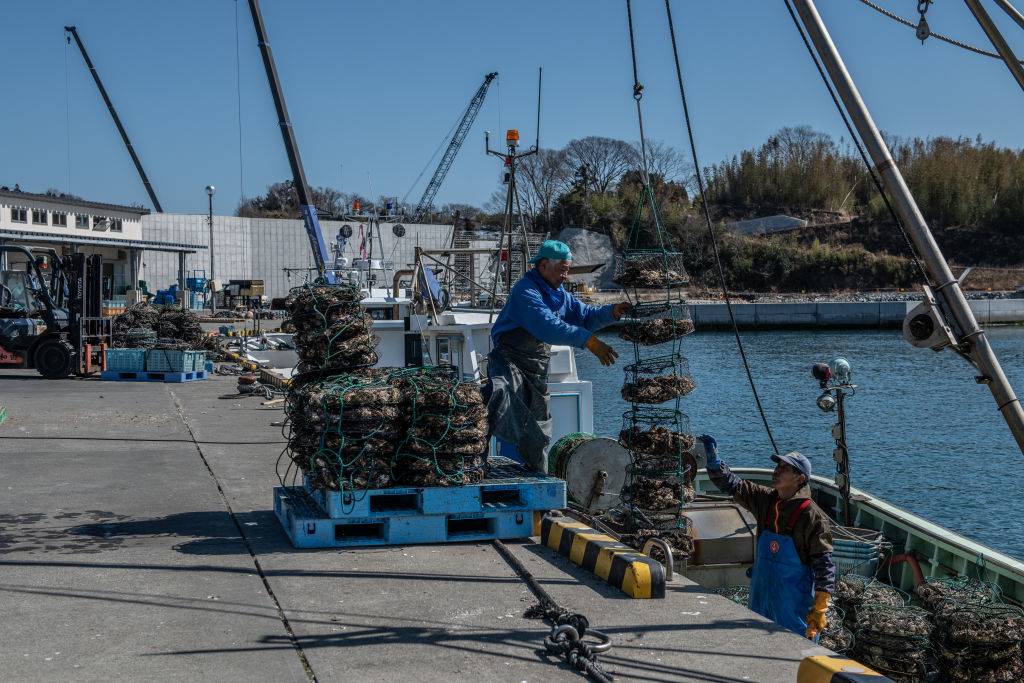
Source: Carl Court/Getty Images
The Japanese government has earmarked around $550 million to support affected fishermen and businesses. Tepco has expended over $70 billion to compensate for damages incurred by individuals and businesses since the 2011 nuclear incident.
